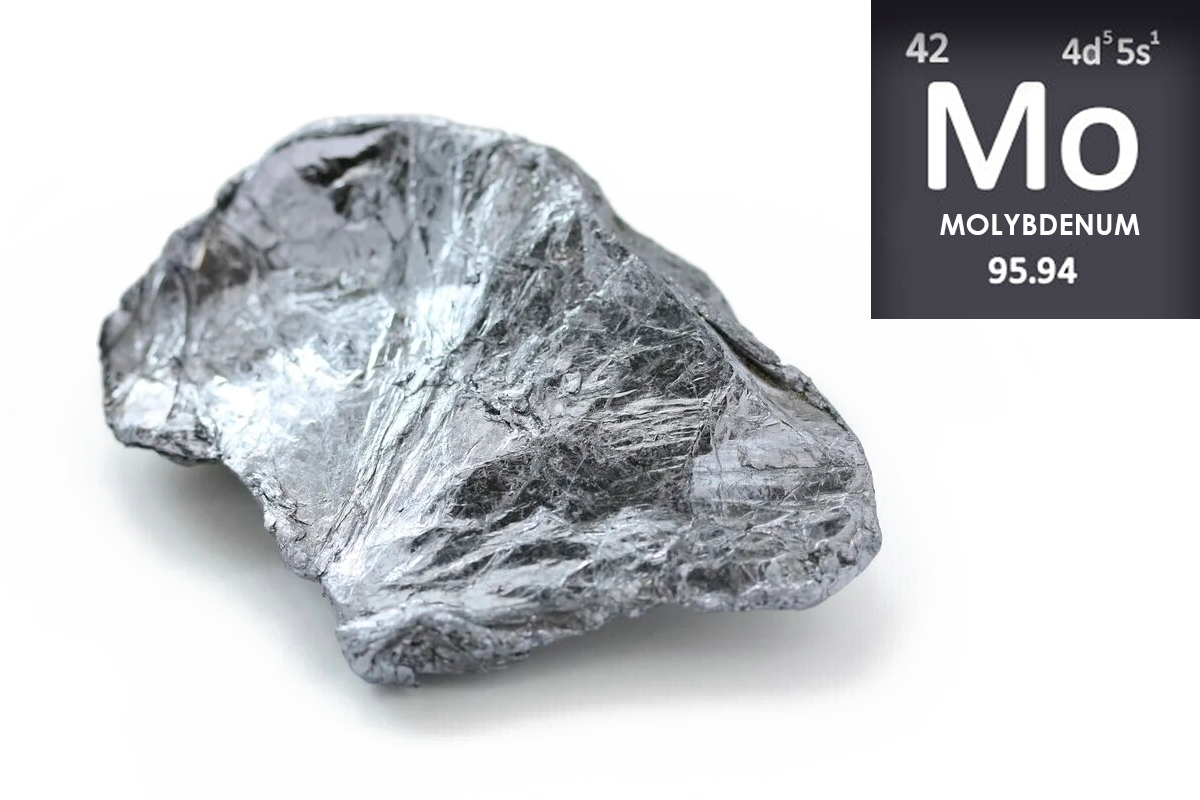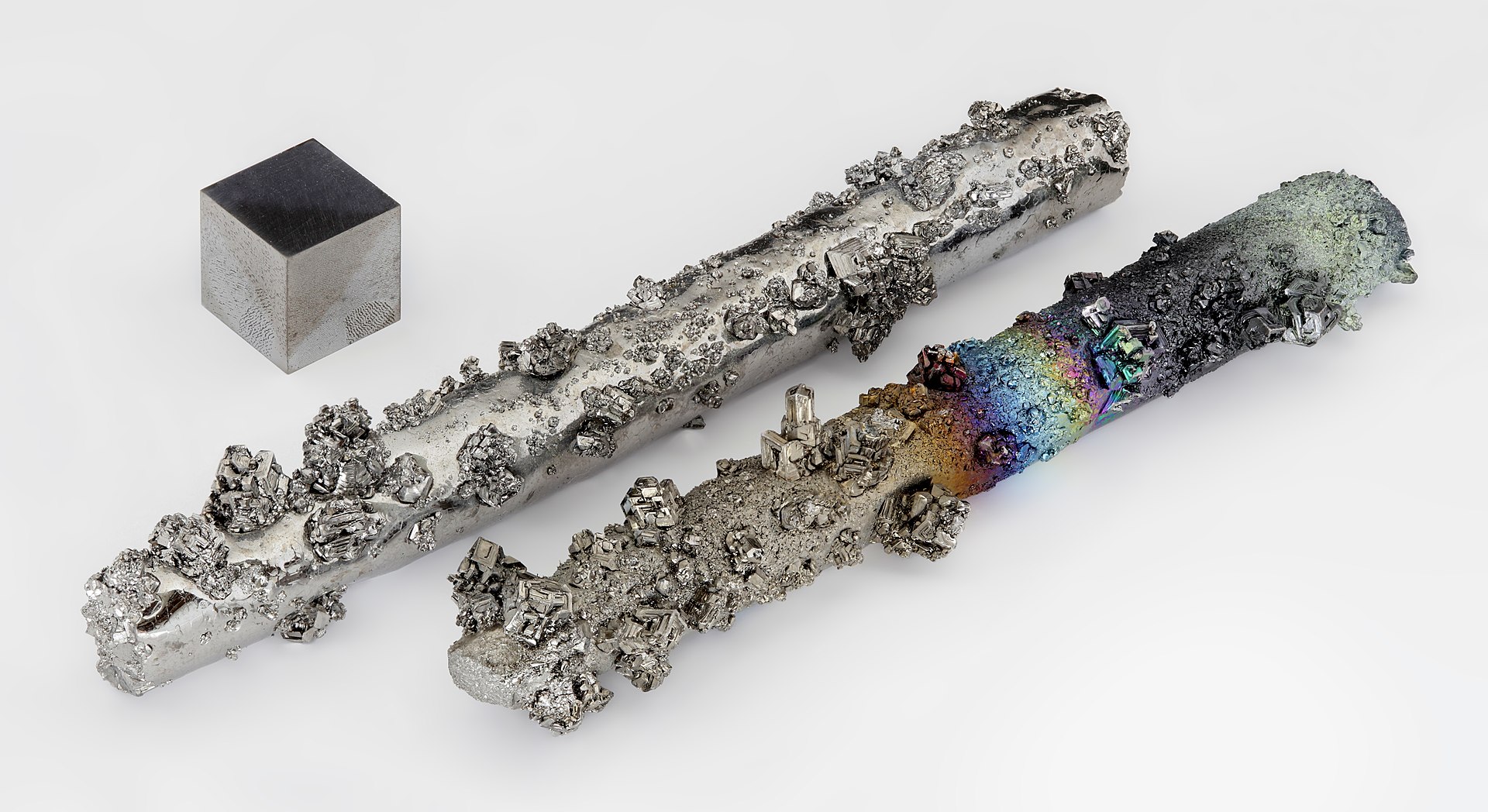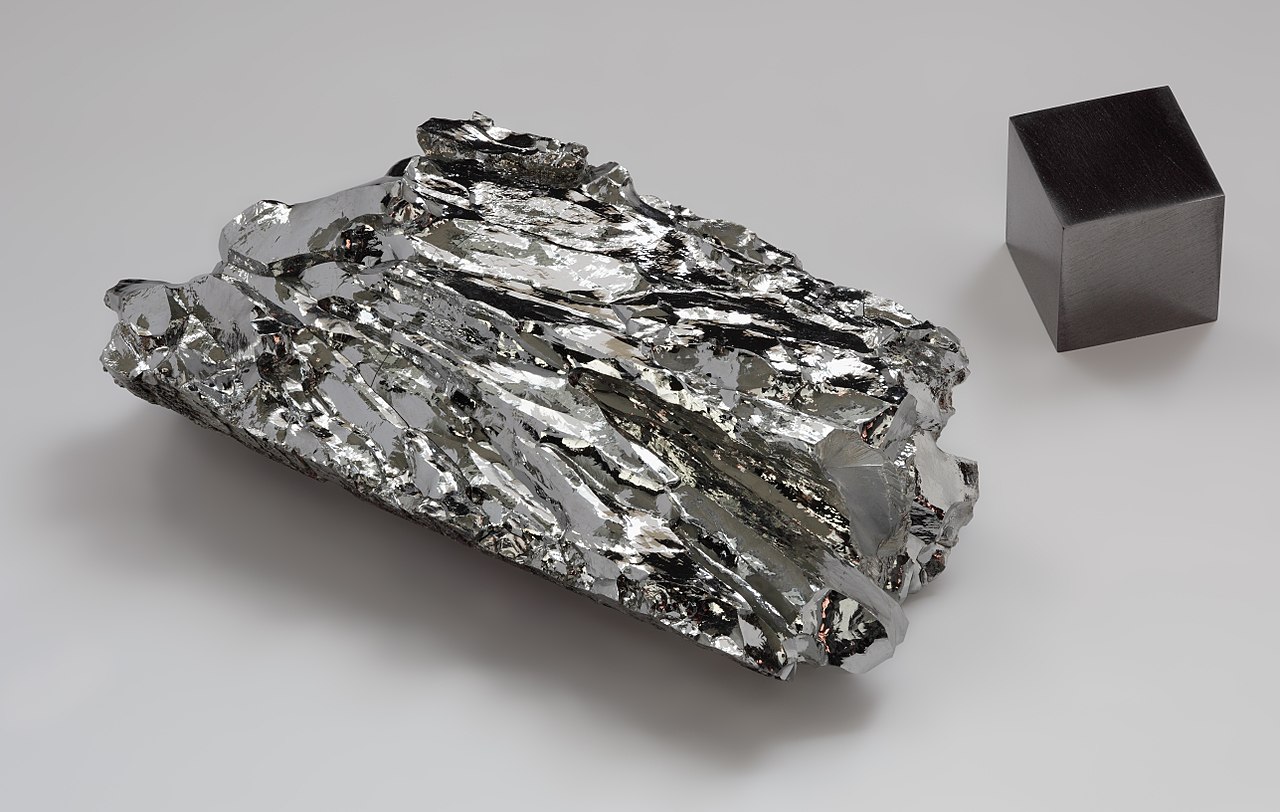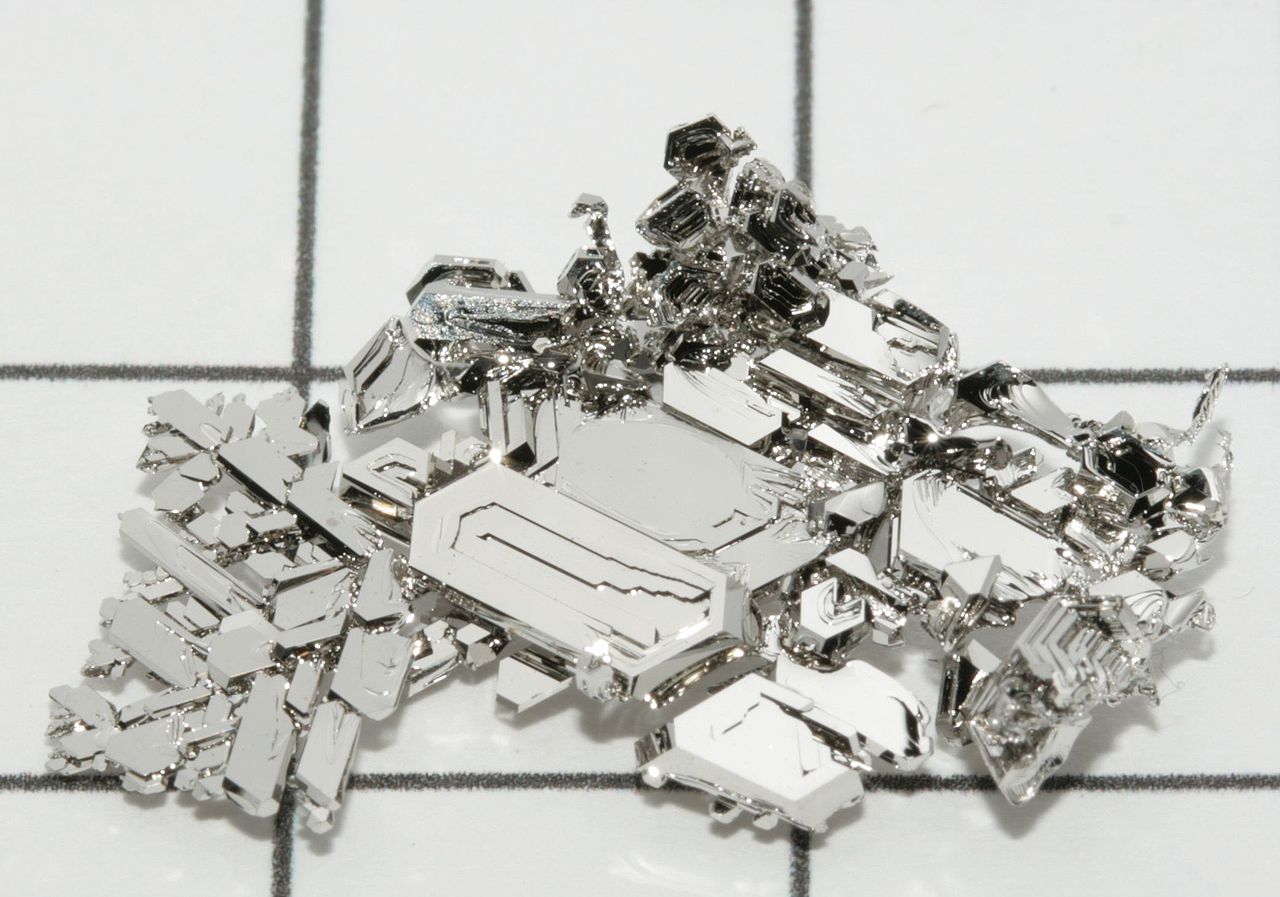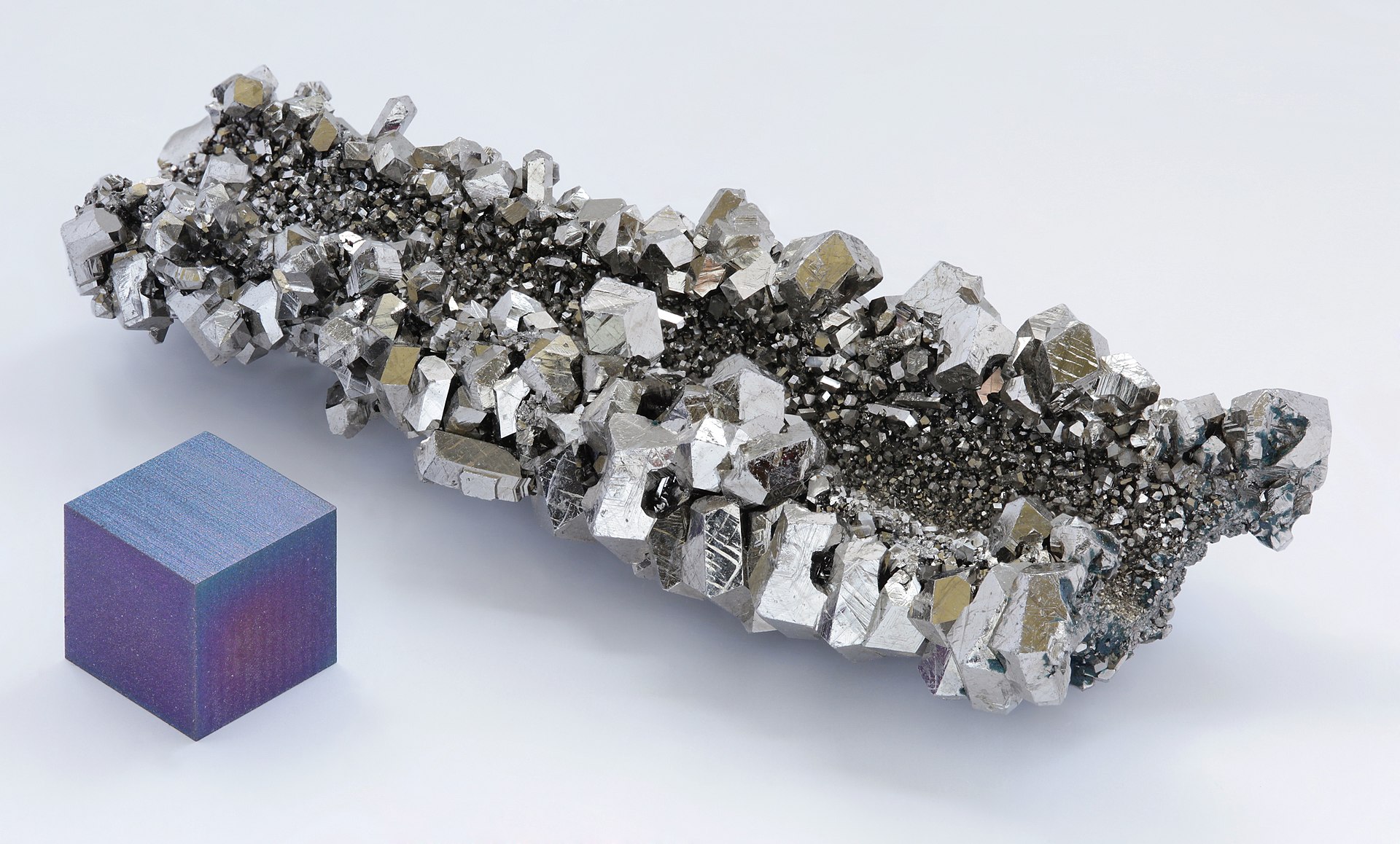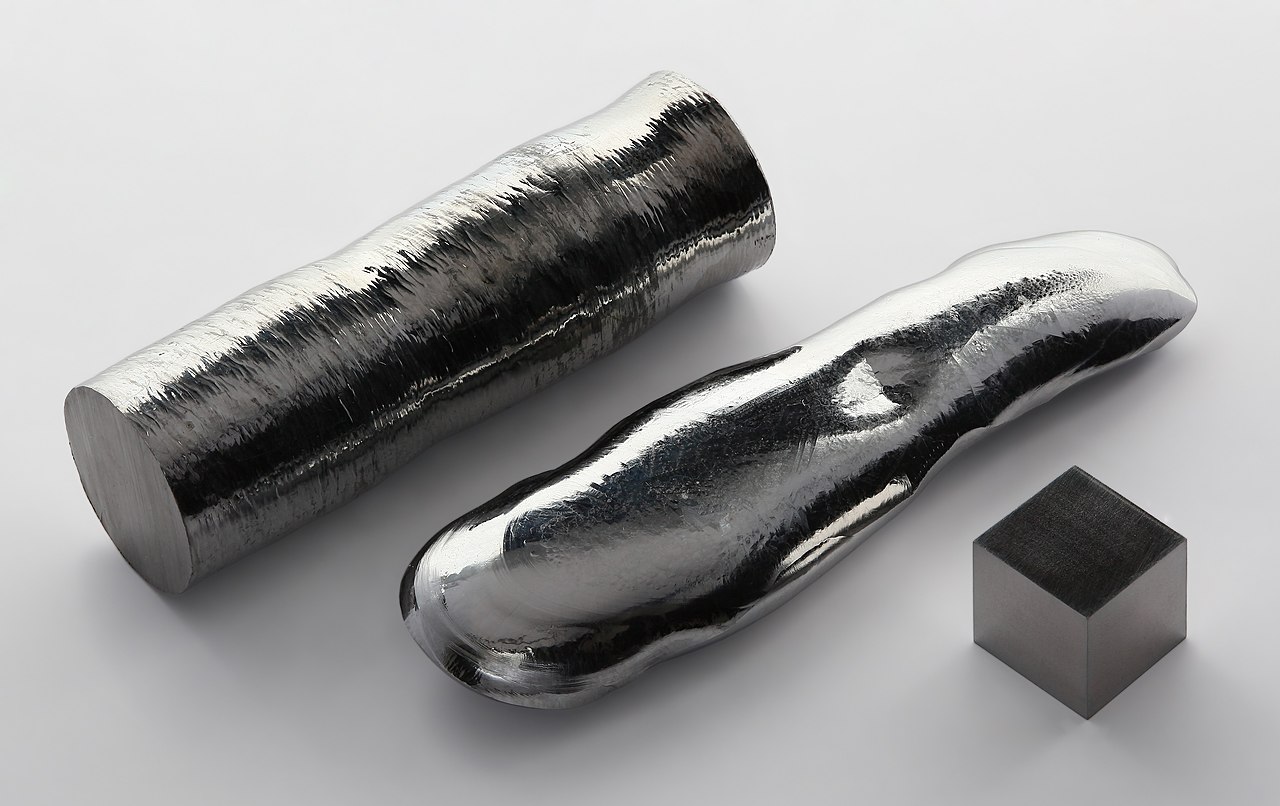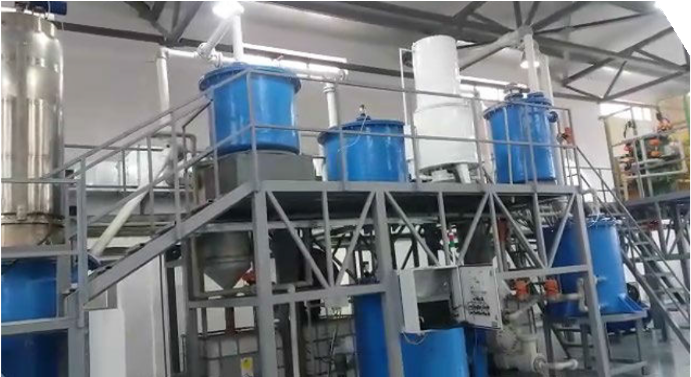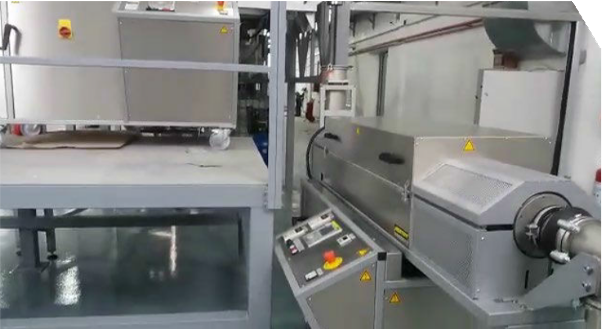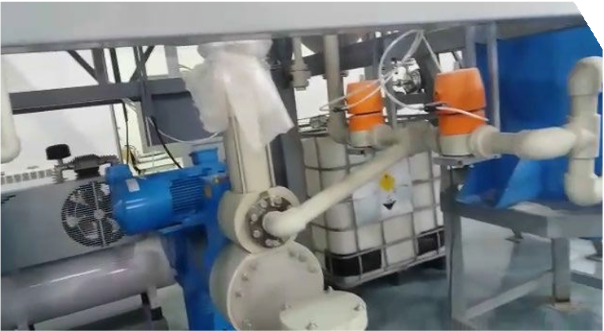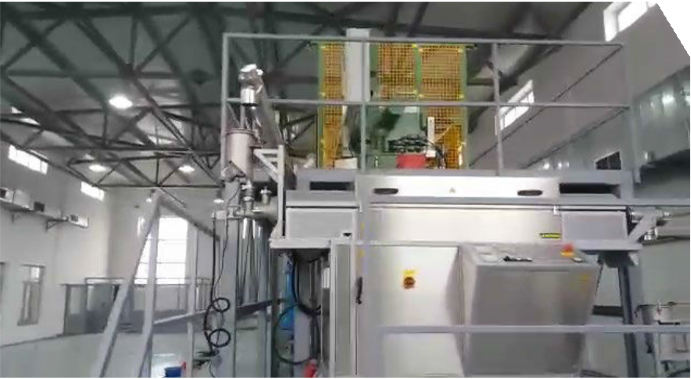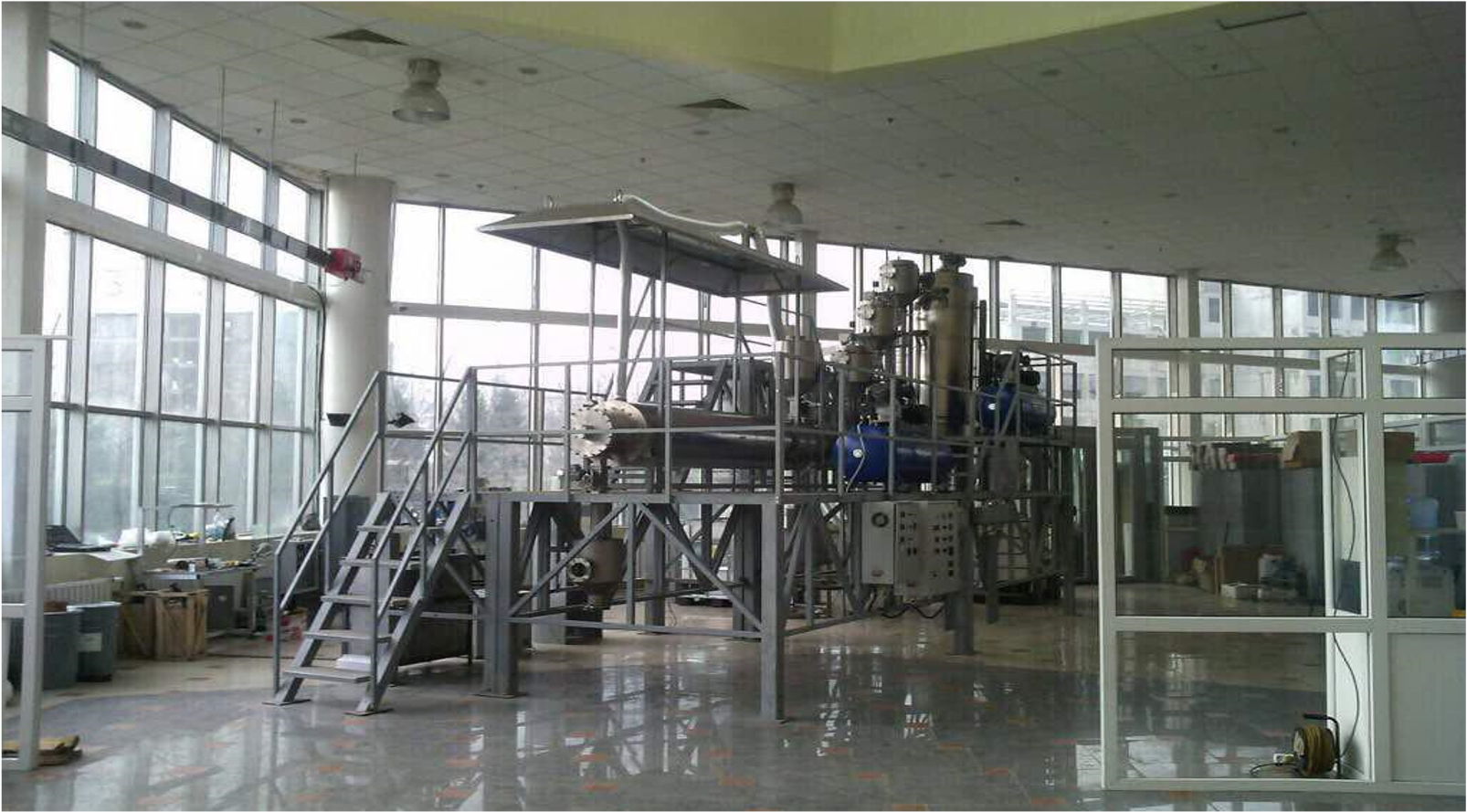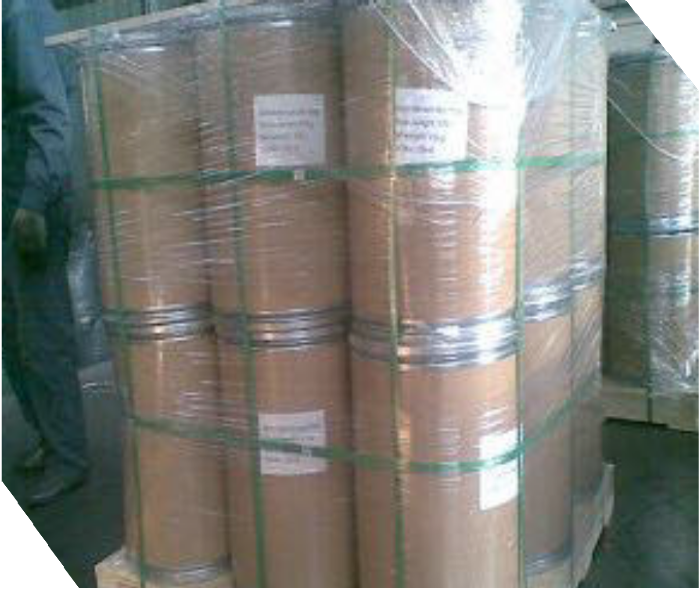INNOVATION
• The technology was developing over 15 years and is the know-how of Technano Innovation. An industrial plant for the production of molybdenum trioxide (MoO3) nanopowder with a purity of 99.995–99.999% and high dispersion (particle size 20–80 nm) is in place.
• The technology is successfully applied in the Republic of Uzbekistan, where a plant for the industrial production of high-purity metal powder of molybdenum trioxide is built.
• The technology makes it possible to extract nanopowders of rare metals – tungsten, molybdenum, rhenium, tantalum, niobium, vanadium, and noble metals – gold, platinum, in one stage of very high purity. Obtaining nanopowders of tungsten carbides and molybdenum carbides is carried out by the method of plasma chemistry.
• The technology is being constantly improved, which makes it possible to regularly expand the list of produced powders of rare and noble metals. And scope, quality, characteristics, and price, in turn, depend on purity of products.
• The production process is environmentally clean and safe, as it goes in a closed cycle. There are no harmful emissions into the atmosphere and no disposal of industrial waste is required.
• The main condition of this project is a method different from previously known and a reduction in the costs of traditional production by 7–10 times.
• Considering the uniqueness of the technological scheme and the phased cycle of increasing production capacity, a production program is planned until 2030.



